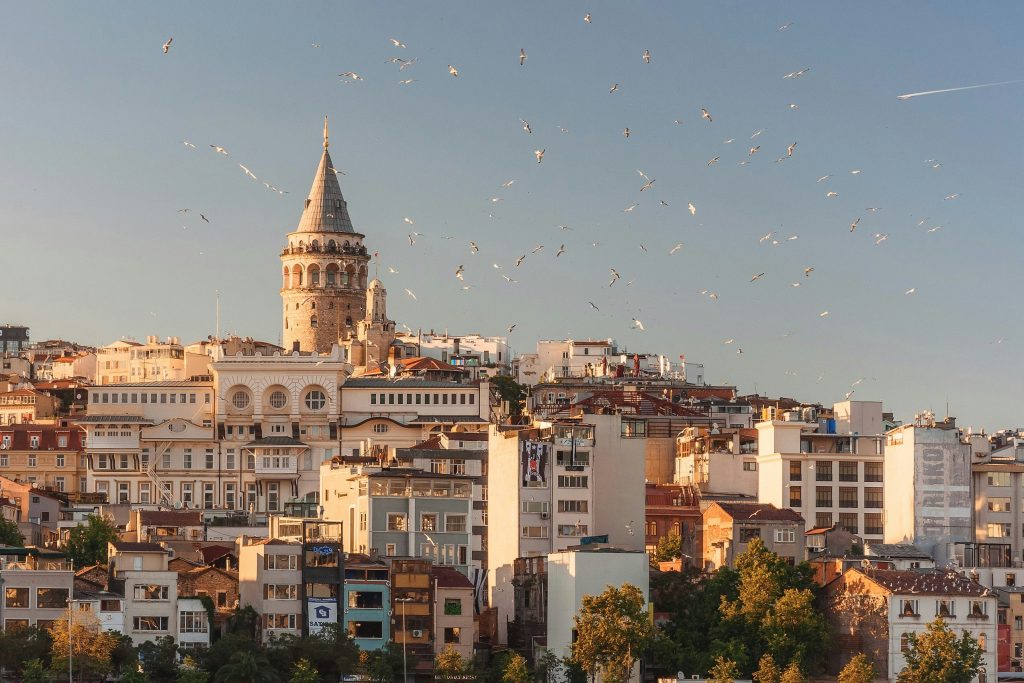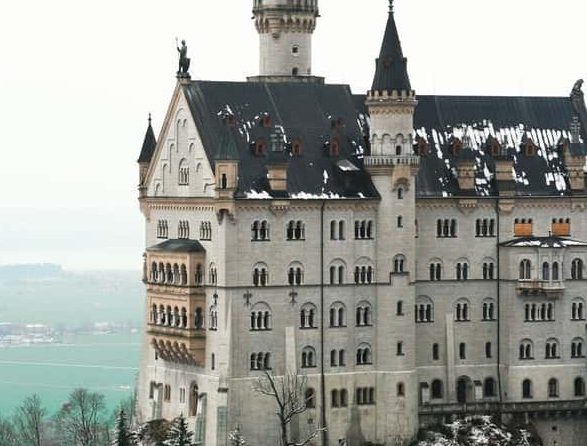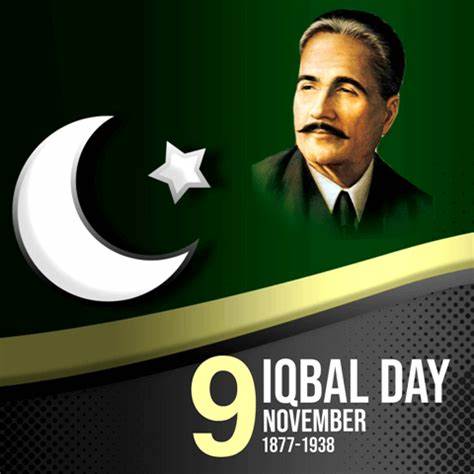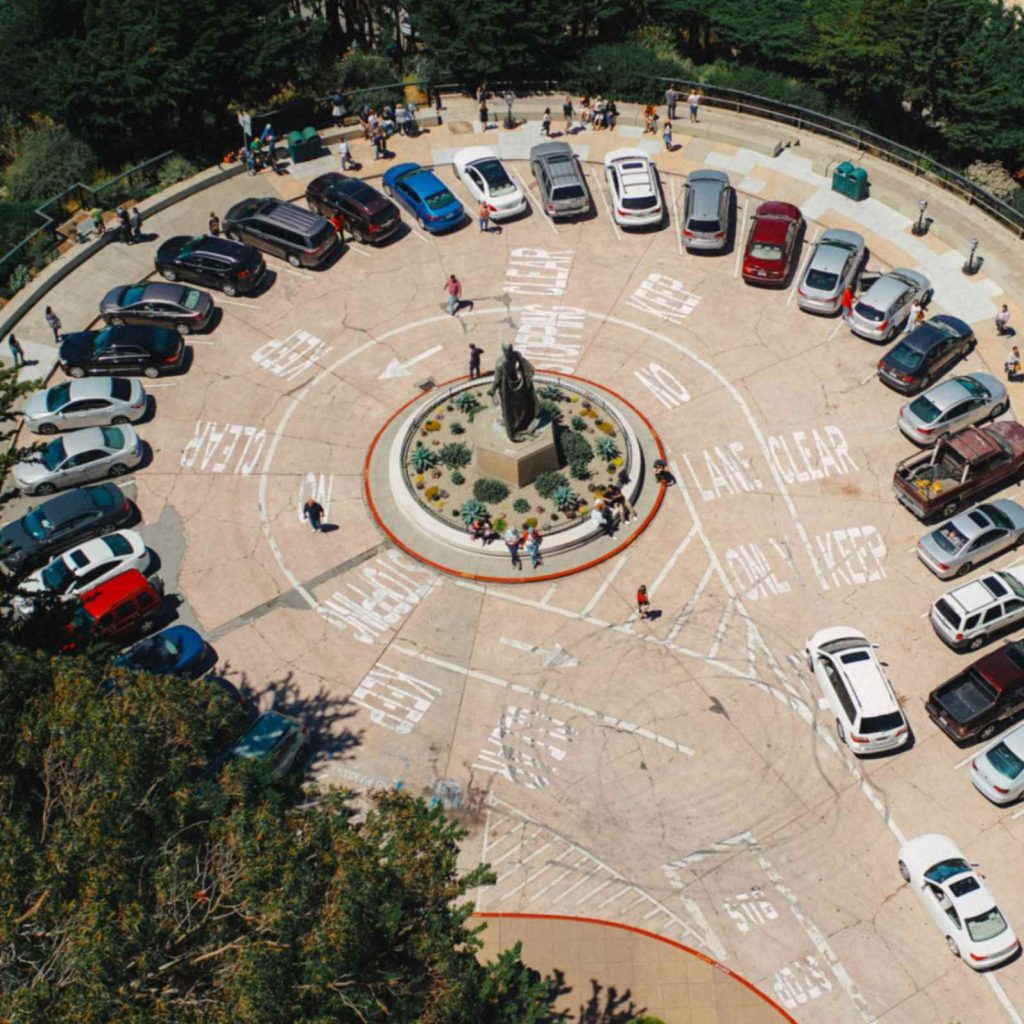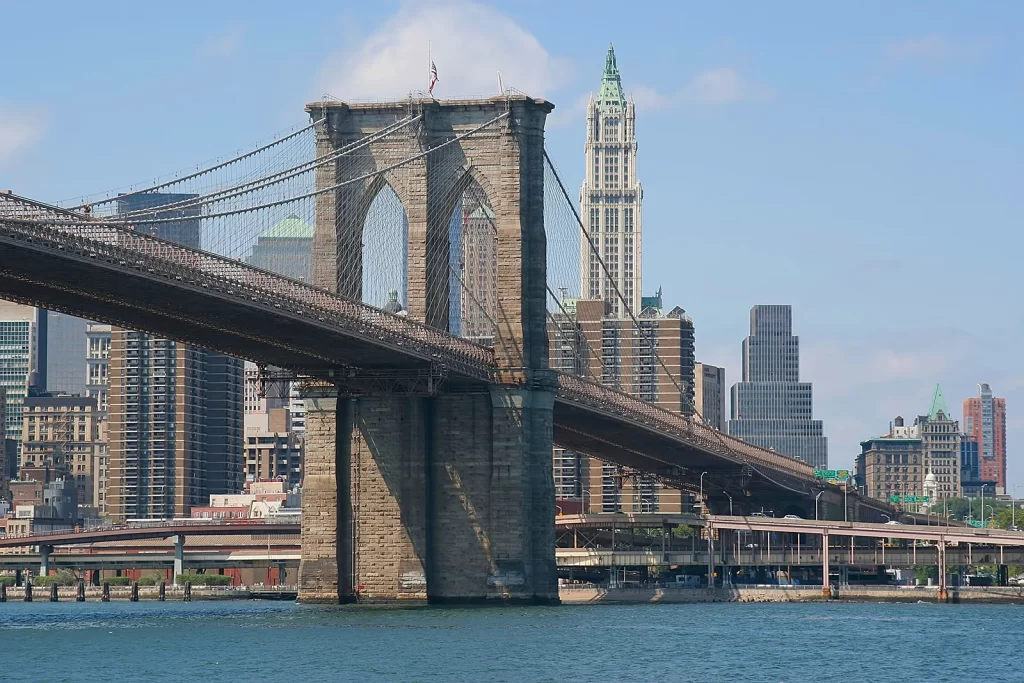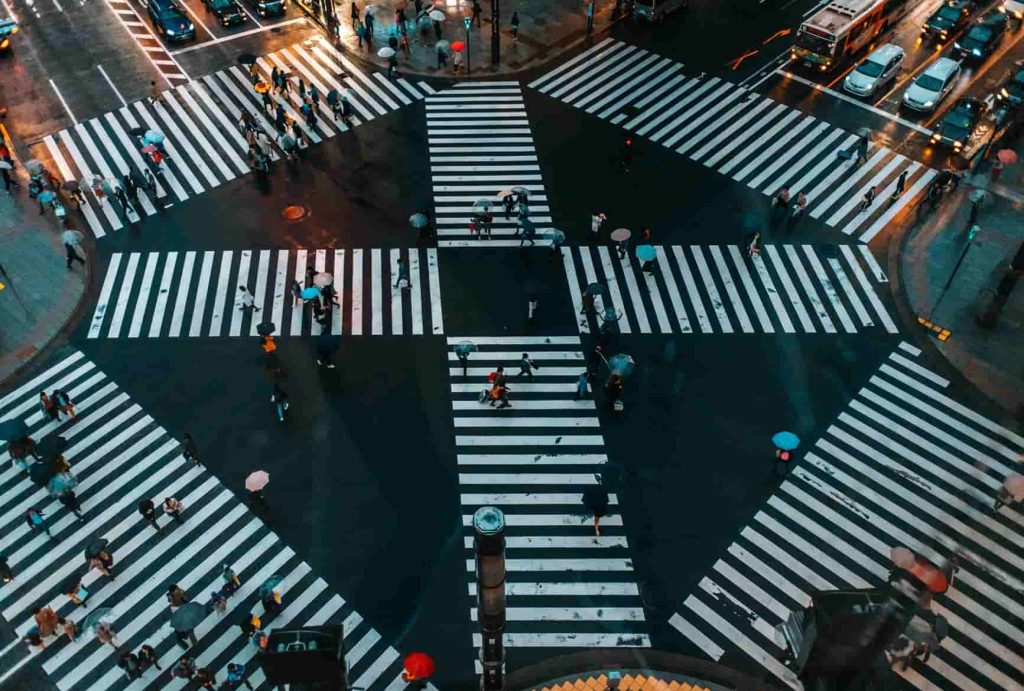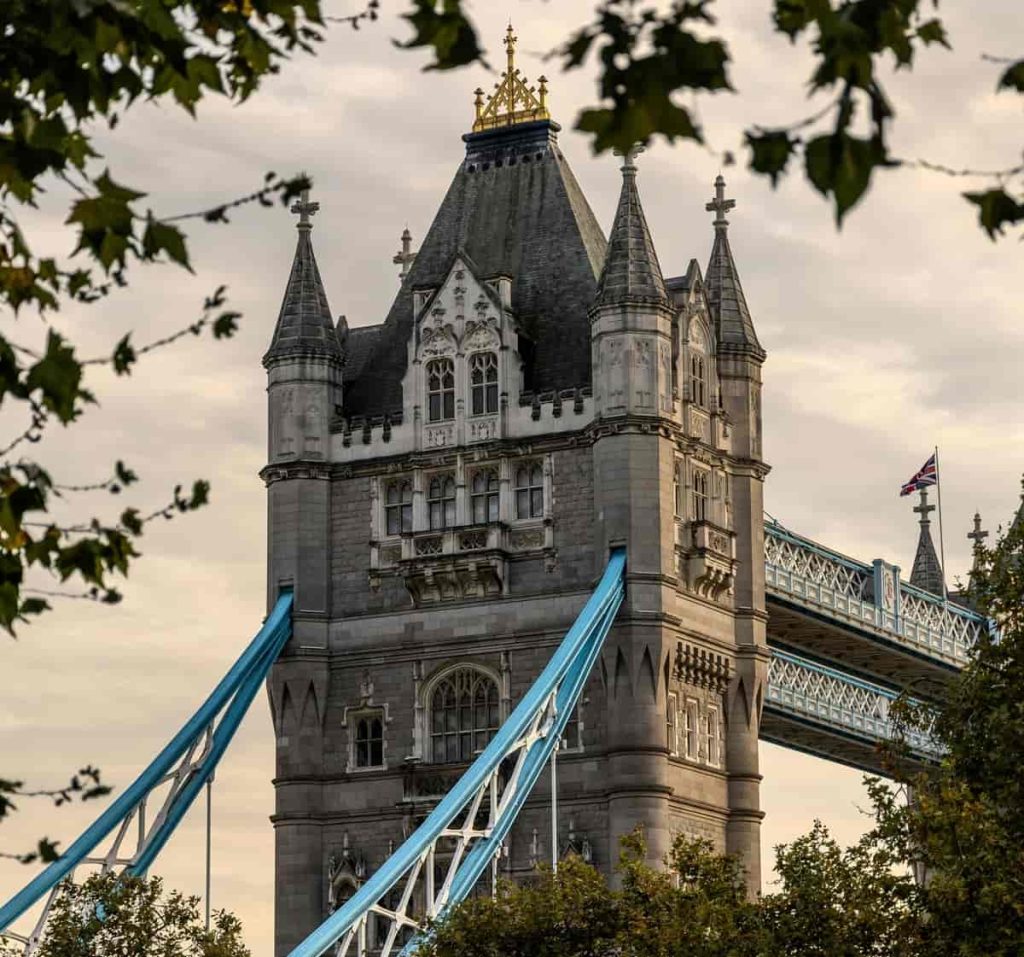The Turki Istanbul, is a most important city in Turkey and one of the maximum culturally widespread towns globally, is an area wherein records, lifestyle, and modernity combo seamlessly. Spanning two continents—Europe and Asia—this historical town has been a crossroads of civilizations for heaps of years. Its rich background, beautiful architecture, vibrant lifestyle, and various culinary scene make it a have to-visit vacation spot for travelers worldwide.
Byzantium to Constantinople to Istanbul
Turki Istanbul’s records dates again to as a minimum 660 BCE, while it turned into founded as Byzantium with the aid of Greek colonists. Over the centuries, it developed into a major metropolis of the Roman Empire. In 330 CE, Emperor Constantine the Great made it the capital of the Roman Empire, renaming it Constantinople. For over a millennium, Constantinople become the heart of the Byzantine Empire, famend for its wealth, strategic location, and cultural significance.
The town’s destiny modified dramatically in 1453 while Sultan Mehmed II of the Ottoman Empire conquered it, marking the cease of the Byzantine Empire. Constantinople then have become the capital of the Ottoman Empire and became renamed Istanbul. The city flourished as the center of the huge Ottoman realm, influencing artwork, architecture, and subculture across 3 continents.
Top Places to Visit in Turki ISTANBUL
The Turki City Istanbul is a treasure trove of ancient and cultural landmarks. Here are a number of the pinnacle locations you must visit in Turki Istunbul:
-
Hagia Sophia (Ayasofya)
The Hagia Sophia is considered one of Istanbul’s maximum iconic landmarks. Originally constructed as a cathedral by means of Emperor Justinian I in 537 CE, it turned into the most important church inside the world for nearly 1,000 years. Its big dome, complicated mosaics, and lovely structure are marvels of Byzantine engineering. After the Ottoman conquest, the Hagia Sophia became transformed right into a mosque and became an image of Istanbul’s religious concord. Today, it’s miles a museum that attracts hundreds of thousands of site visitors each year.
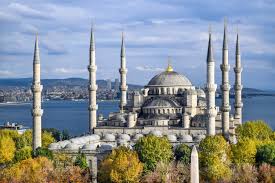
-
Topkapi Palace of Turki Istanbul
Topkapi is a one of the Top Palace in Turki Istanbul, the grand house of the Ottoman sultans for almost four hundred years, is another have to-visit website. Built quickly after the conquest of Constantinople, the palace is a sprawling complicated that includes courtyards, gardens, and several buildings. Visitors can discover the Harem, where the sultan’s circle of relatives lived, the Imperial Treasury, which houses priceless jewels and artifacts, and the palace kitchens, where meals for lots have been organized every day.
-
Blue Mosque (Sultan Ahmed Mosque)
The Blue Mosque in turki Istanbul, named for the lovely blue tiles that enhance its indoors, is one of Istanbul’s maximum well-known mosques. Built among 1609 and 1616 during the reign of Sultan Ahmed I, it stays an active region of worship these days. The mosque’s six minarets, big valuable dome, and spacious courtyard make it a masterpiece of Ottoman structure.
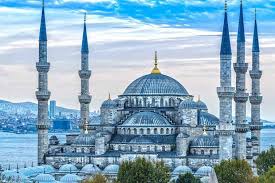
-
Basilica Cistern (Yerebatan Sarnıcı)
Beneath the streets of Turki Istanbul lies the Basilica Cistern, an ancient underground reservoir built throughout the reign of Emperor Justinian I. The cistern is supported through 336 marble columns, lots of which were recycled from older Roman homes. The atmosphere inside the cistern is eerie and captivating, with dim lighting fixtures and the sound of dripping water. Visitors frequently surprise at the Medusa heads, which are used as column bases.
-
Grand Bazaar (Kapalıçarşı)
The Grand Bazaar is one of the oldest and largest covered markets inside the global(Turki Istanbul). With over 4,000 shops unfold across sixty-one streets, it is a paradise for consumers. You can find an extensive array of goods here, including jewelry, carpets, spices, ceramics, and textiles. The bazaar is likewise a super place to enjoy the hustle and bustle of Istanbul and to exercise your bargaining talents.
-
Galata Tower of Turki Istanbul
Galata Tower, one of the most recognizable landmarks in Turki Istanbul, gives lovely panoramic views of the town. Built in 1348 by using the Genoese as part of their fortifications, the tower has served diverse purposes over the centuries, which includes as a watchtower and a fire lookout. Today, it’s far a popular tourist enchantment, and visitors can climb to the pinnacle for breathtaking perspectives of the Bosphorus, the Golden Horn, and the sprawling cityscape.

-
Dolmabahçe Palace
Dolmabahçe Palace in City of turki Istanbul, positioned on the European shore of the Bosphorus, is a symbol of the opulence of the past due Ottoman Empire. Built within the nineteenth century, it turned into the principle place of business of the empire and the house of the last Ottoman sultans. The palace is renowned for its grand architecture, high priced interiors, and stunning perspectives of the Bosphorus. Visitors can tour the palace’s richly decorated rooms, inclusive of the grand ceremonial corridor with its huge chandelier.
-
Süleymaniye Mosque
The Süleymaniye Mosque of Istanbul, designed by the famous Ottoman architect Mimar Sinan, is one among Istanbul’s largest and most beautiful mosques. Completed in 1557 throughout the reign of Sultan Süleyman the Magnificent, the mosque complicated includes a college, library, health facility, and baths. The mosque’s interior is serene and spacious, with elegant calligraphy and difficult tile work. The courtyard offers a nonviolent retreat with beautiful views of the metropolis.
-
Chora Church (Kariye Museum)
The Chora Church in Turki, additionally called the Kariye Museum, is a hidden gem in Istanbul. Originally built as a Byzantine church, it’s miles renowned for its nicely-preserved mosaics and frescoes, which depict scenes from the lifestyles of Christ and the Virgin Mary. The art work in the Chora Church is considered some of the greatest examples of Byzantine artwork, and the museum is a must-go to for all people interested by spiritual history and artwork.
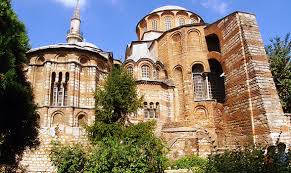
-
Istiklal Avenue (Istiklal Caddesi)
Istiklal Avenue is Istanbul’s maximum famous purchasing avenue, going for walks through the coronary heart of the metropolis from Taksim Square to Galata Tower. The road is coated with shops, cafes, eating places, and ancient buildings, making it a colourful and energetic location to explore. Street performers, artists, and musicians upload to the active ecosystem. The ancient tram that runs along the avenue is a famous way to take within the points of interest.
ISTANBUL’S HERITAGE: A TAPESTRY OF CULTURES
Turki Istanbul’s rich history reflects its various records and the numerous civilizations that have referred to as it domestic. The town is a melting pot of cultures, where East meets West, and wherein one-of-a-kind religions and traditions coexist.
Architectural Heritage
The architectural background of turki Istanbul is one among its most hanging functions. The metropolis’s skyline is a mix of Byzantine, Ottoman, and contemporary systems, each telling its own story. The Hagia Sophia, Blue Mosque, and Topkapi Palace are just a few examples of the metropolis’s architectural beauty. Ottoman-technology wooden houses, Byzantine walls, and current skyscrapers coexist, developing a unique urban panorama.
Religious Heritage
Istanbul is a city wherein exclusive religions have flourished over the centuries. The metropolis is dotted with mosques, churches, and synagogues, reflecting its non-secular diversity. The Hagia Sophia, which has served as a church, mosque, and museum, is an image of this spiritual harmony. The metropolis’s severa mosques, together with the Blue Mosque and Süleymaniye Mosque, are masterpieces of Islamic architecture. The Chora Church and the Greek Orthodox Patriarchate are essential facilities of Christianity, even as the Ahrida Synagogue is one of the oldest synagogues within the city.
Cultural Heritage
Istanbul’s cultural historical past is simply as numerous as its architectural and religious history. The city has been a center of art, literature, tune, and studying for hundreds of years. The Topkapi Palace houses one of the global’s maximum tremendous collections of Islamic artwork, consisting of manuscripts, ceramics, and textiles. The town’s museums, inclusive of the Istanbul Archaeological Museum and the Museum of Turkish and Islamic Arts, offer a glimpse into the town’s wealthy cultural records.
Traditional Turkish song, dance, and theater also are a fundamental part of Istanbul’s cultural background. The Whirling Dervishes, a Sufi religious institution, are well-known for his or her mesmerizing spinning dance, a shape of meditation. Turkish classical music, prompted by means of both Ottoman and European traditions, is carried out in venues across the city.
SUFISM AND SACRED TOMBS IN ISTANBUL
Turki Istanbul has a deep non secular historical past, and its connection to Sufism, a magical department of Islam, is profound. The city is home to severa sacred tombs (turbe) and Sufi resorts (tekke) that mirror the non-secular traditions which have flourished here for centuries.
Sufism in City of Turki Istanbul
Sufism, recognized for its emphasis on inner spirituality and reference to the divine, has been a quintessential a part of Istanbul’s cultural and spiritual fabric. The city became a hub for plenty Sufi orders, together with the Mevlevi, Bektashi, and Naqshbandi orders. These Sufi orders performed a great function within the non-secular and social life of the Ottoman Empire.
One of the maximum well-known Sufi practices is the Whirling Dervishes of the Mevlevi order, founded by means of the followers of the poet and mystic Rumi. The dervishes carry out a ceremonial dance referred to as the Sema, which represents the soul’s journey closer to God. The Galata Mevlevi Lodge, placed near Galata Tower, is one of the oldest and maximum vast Mevlevi accommodations in Istanbul. Today, it serves as a museum and cultural middle, where site visitors can learn about Sufism and witness the spell binding Whirling Dervish rite.
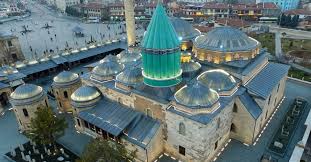
Sacred Tombs
Istanbul is dotted with sacred tombs of Sufi saints, students, and Ottoman sultans. These tombs, regularly placed within mosque complexes, are respected by both locals and site visitors as places of prayer and reflection.
- Eyüp Sultan Mosque and Tomb: One of the best sized sacred sites in Turki Istanbul, the Eyüp Sultan Mosque and Tomb is located inside the Eyüp district, just out of doors the metropolis walls. The mosque is known as after Abu Ayyub al-Ansari, a partner of the Prophet Muhammad, who is buried right here. The website is a first-rate pilgrimage vacation spot, in particular at some stage in Fridays and spiritual holidays.
- Tomb of Suleiman the Magnificent: Located inside the Süleymaniye Mosque complex, the tomb of Sultan Suleiman the Magnificent is a grand mausoleum constructed in honor of one of the finest Ottoman rulers. The tomb is an architectural masterpiece, decorated with complicated tile paintings and calligraphy. Nearby, the tomb of his wife, Hürrem Sultan, is also well worth journeying.
- Tomb of Sheikh Edebali: Sheikh Edebali become a distinguished Sufi mystic and pupil, and his tomb is placed in the Eyüp district. Edebali is considered the spiritual mentor of Osman I, the founder of the Ottoman Empire. His tomb is a place of quiet mirrored image and non-secular importance.
- Tomb of Aziz Mahmud Hüdayi: Aziz Mahmud Hüdayi become a famend Sufi saint and the founding father of the Hüdayi Sufi order. His tomb is located within the Üsküdar district at the Asian aspect of Istanbul. The tomb complex consists of a mosque, a dervish resort, and a library. It is a famous web page for both locals and site visitors in search of non-secular solace.
Istanbul’s Vibrant Nightlife
Istanbul’s nightlife is as diverse as the metropolis itself, offering something for anyone, whether or not you’re seeking out a relaxed night in a conventional tea residence or a night of dancing in a contemporary club.
Traditional Nightlife
For a flavor of traditional Turkish nightlife, head to a Meyhane (Turkish tavern). Meyhanes are lively institutions wherein people collect to eat, drink, and enjoy live track. The environment is warm and convivial, and the meals is served in small plates, much like tapas. A standard nighttime at a meyhane includes meze, grilled meat or fish, and lots of rakı. Many meyhanes additionally characteristic live performances of Turkish people tune, creating an energetic and festive atmosphere.
Another conventional nightlife option is to visit a Nargile (hookah) cafe. These cafes provide a relaxed setting wherein you may experience a waterpipe full of flavored tobacco. Nargile cafes are often decorated with Ottoman-fashion furnishings, and many provide tea, espresso, and mild snacks to accompany your smoking revel in.
Modern Nightlife
For people who decide upon a greater current nightlife revel in, Istanbul has masses of alternatives, from stylish bars to nightclubs.
- 360 Istanbul: Located in a historical building on Istiklal Avenue, 360 Istanbul offers panoramic views of the metropolis from its rooftop terrace. The venue serves a combination of worldwide and Turkish delicacies and transforms into an active nightclub in the evening, with DJs and stay performances.
- Reina: Reina was certainly one of Istanbul’s maximum well-known nightclubs, positioned on the Bosphorus. The membership attracted celebrities and the metropolis’s elite, supplying a mix of tune, dancing, and beautiful perspectives of the Bosphorus Bridge. Although Reina has considering that closed, there are different waterfront venues in the same location that offer comparable experiences.
- Babylon: Babylon is a famous song venue in Istanbul that hosts a variety of live performances, which includes rock, jazz, electronic, and international song. The venue has a fab and state-of-the-art vibe, attracting a numerous crowd of song fans.
CONCLUSION
The Turki Istanbul is a metropolis like no different, in which records and modernity coexist, and in which cultures and traditions blend harmoniously. Its wealthy history, lovely architecture, colourful culture, and diverse culinary scene make it a destination that should be on each traveler’s listing. Whether you’re exploring historic landmarks, savoring delicious meals, or experiencing the metropolis’s religious facet, Istanbul offers limitless possibilities for discovery and adventure.
Want to Study about New York Places click here.
Want to Study about Beijing Places click here.
